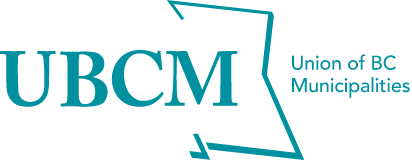Whereas communities across British Columbia relying on surface water systems as their only source of drinking water are facing historic droughts and becoming increasingly aware of the need to maintain the integrity and hydrological production capacity of their community watersheds while they continue to be adversely impacted by other tenure holders or developers; And whereas community expectations are often not aligned with requirements for tenure holders and developers to prepare and provide comprehensive watershed mapping and management plans in collaboration with such water user communities and licencees: Therefore be it resolved that UBCM request the Province of British Columbia to enact legislation prescribing tenure holders and developers to prepare detailed watershed mapping including LiDAR Light Detection and Ranging imagery and comprehensive community watershed management plans in collaboration with water user communities and licencees prior to any development or incursion into consumptive use watersheds to avoid the risk of adversely impacting the hydrological production capacity of these watersheds.
Ministry of Water, Land, and Resource Stewardship and Ministry of Forests Water Sustainability Act planning tools, such as Water Objectives and Water Sustainability Plans, can be used to set goals for community watersheds and address conflicts among water users or risks to water quality. They are meant to be collaborative and consensus-building planning tools including First Nations, local governments, the Province and other interested parties. The Drinking Water Protection Act DWPA also provides mechanisms for protecting community drinking water sources. Drinking Water Protection Plans DWPPs DWPA Part 5 are regulatory tools that can create legally binding provisions to protect drinking water sources. In addition, under section 4.2 of the DWPA, the Provincial Heath Officer PHO must report to the minister any situation that the PHO believes significantly impedes the protection of public health in relation to drinking water.. A water supplier can report such a risk to their drinking water officer, who can then report it to the PHO. For example, the Ministry of Forests Kootenay Boundary Region is actively engaging with First Nations to identify their interests, values, capacity and potential candidate areas for initial Forest Landscape Planning FLP. The intention is for the entire Kootenay Boundary region to have FLP coverage. The development of collaborative FLPs with First Nation partners takes time to complete. Forest Stewardship Plans FSP will remain in effect until they are replaced by FLPs. The FSPs are plans prepared to comply with the Forest and Range Practices Act and associated regulations which contain requirements related to Community Watersheds. The Forests and Range Practices Act regulates forest activities and ranch operations on Crown land in community watersheds to protect water used for drinking. The Act sets out requirements for various activities, such as road-building or harvesting, within community watersheds. On April 19, 2023, the province announced a 38 million dollar investment in a six year provincial LiDAR program. Under this program, all LiDAR data and products for the entire province will be made free and open to the public, First Nations, local governments and industry. This foundational data can be used to support watershed mapping and planning activities by the province and involved stakeholders. All existing and future publicly available LiDAR acquired by the province will be available through the LidarBC website lidar.gov.bc.ca.
